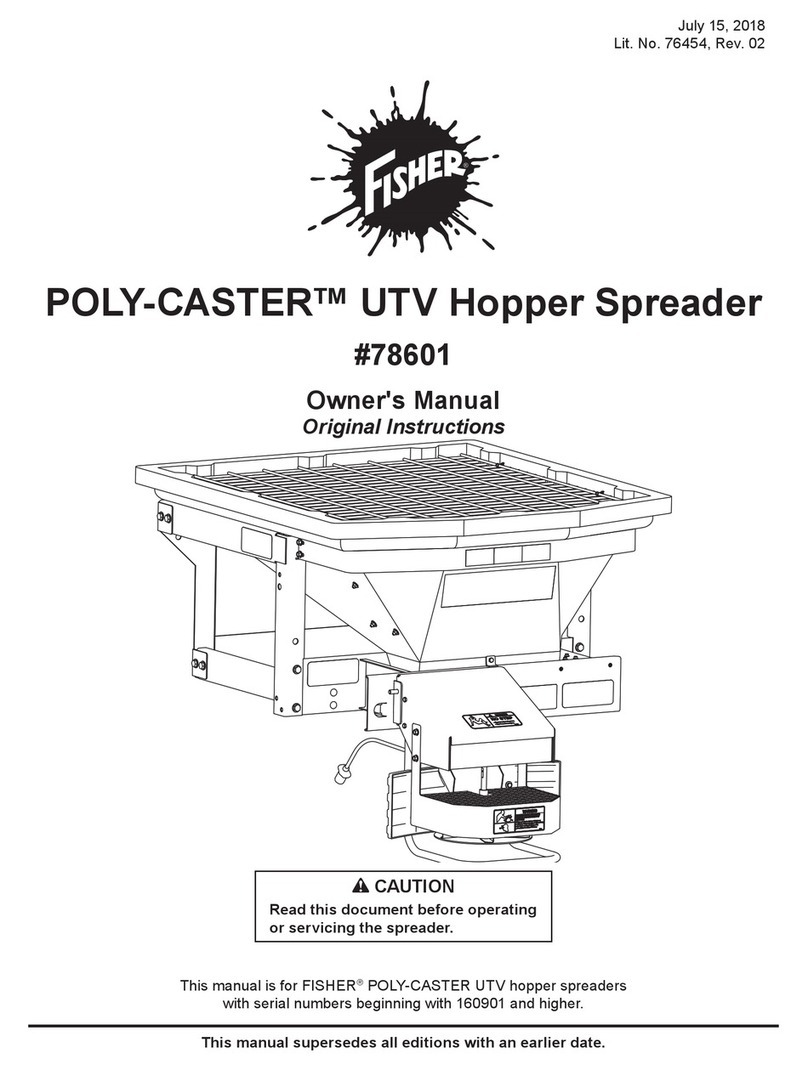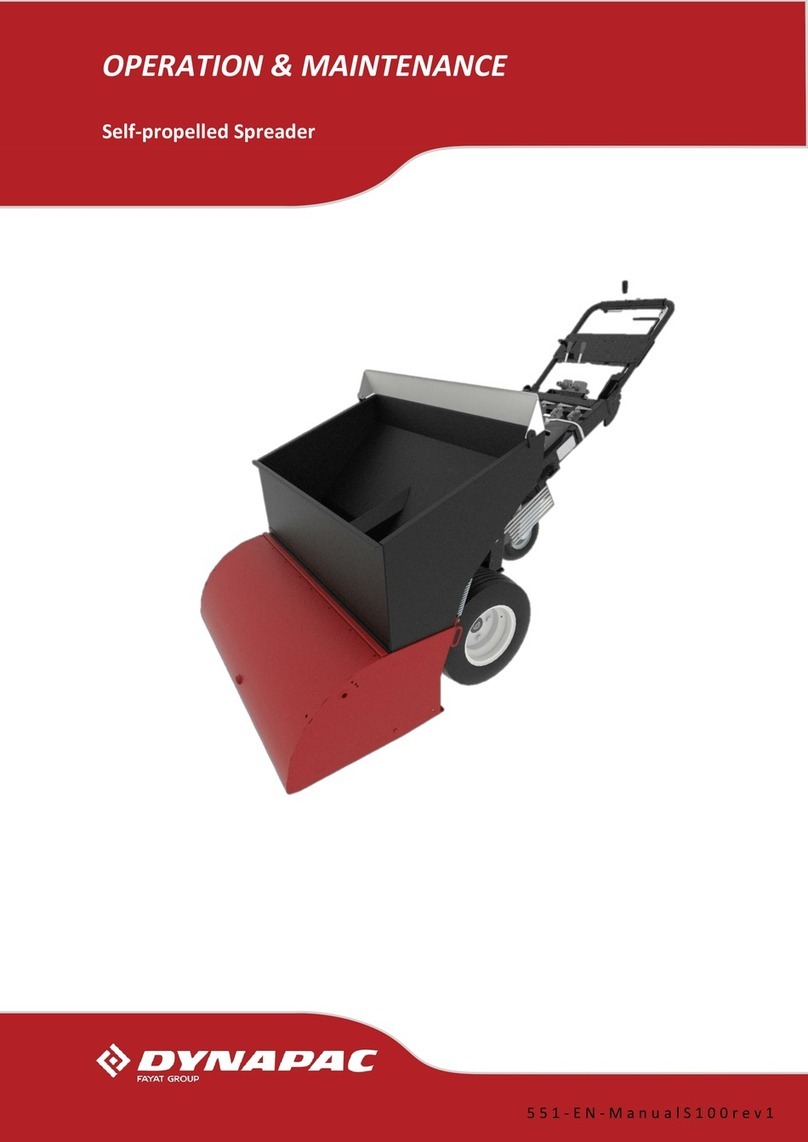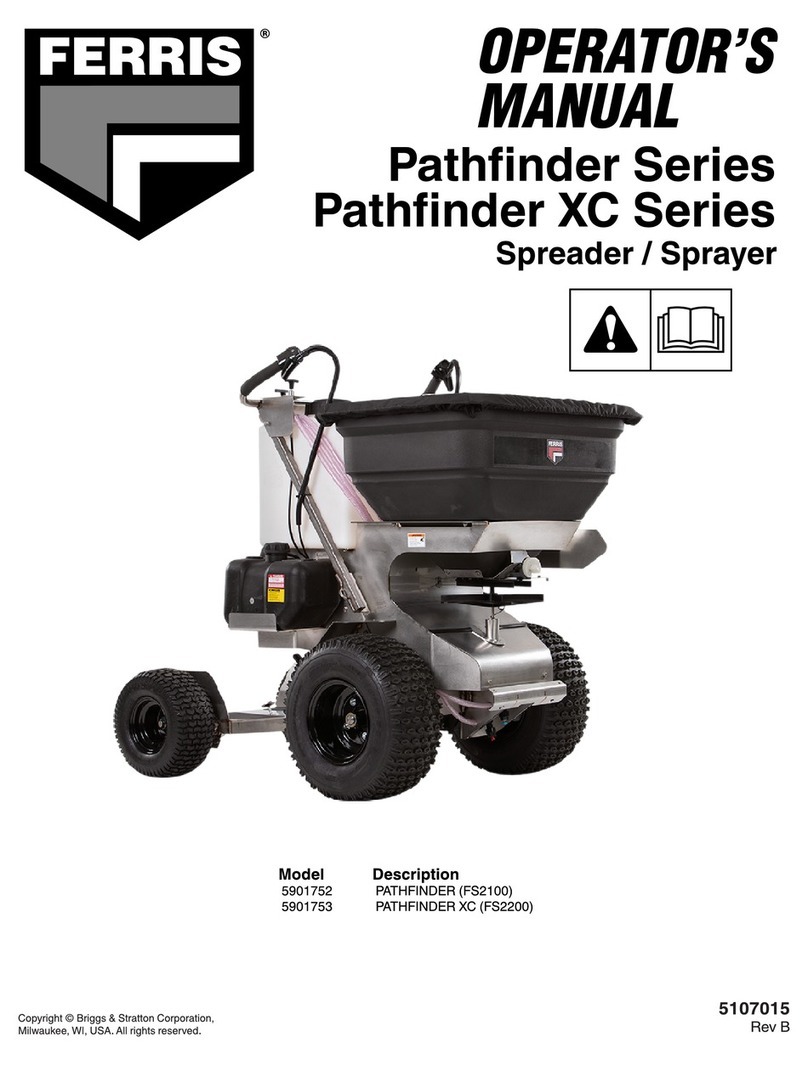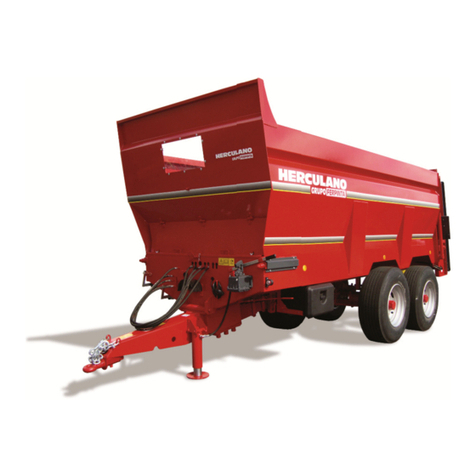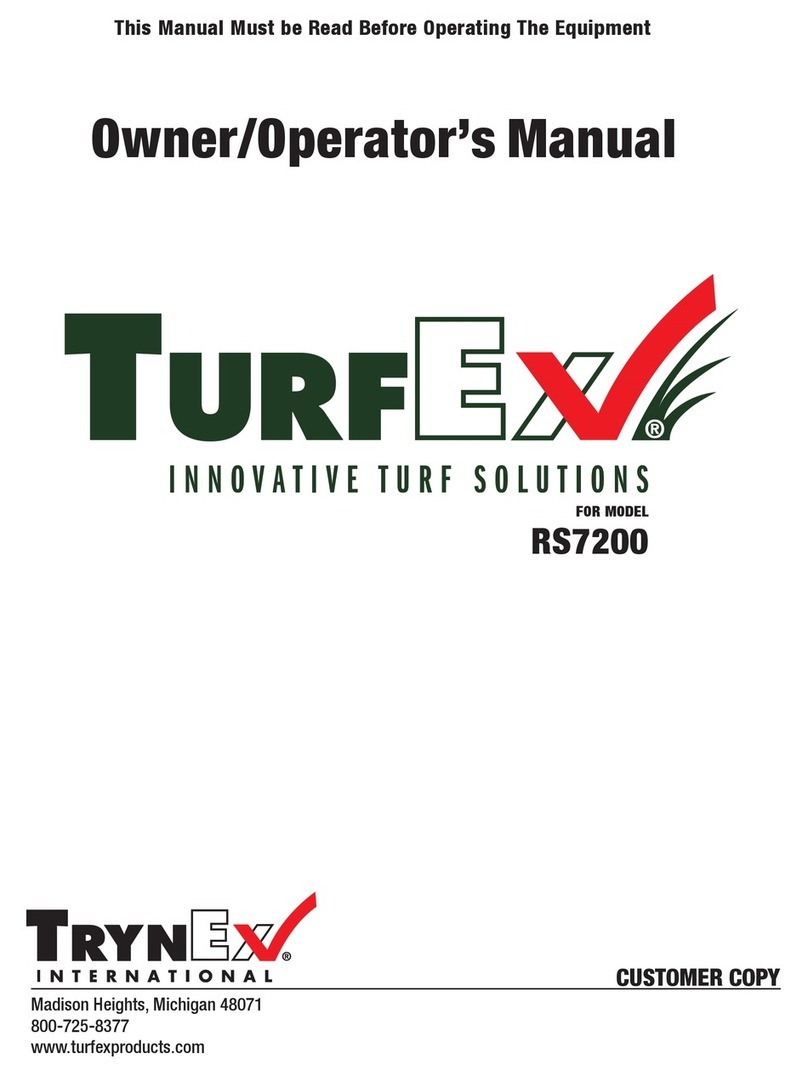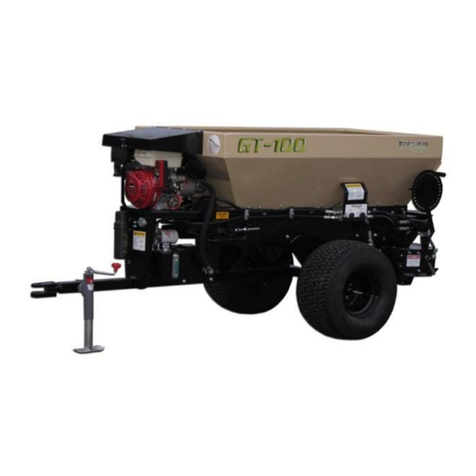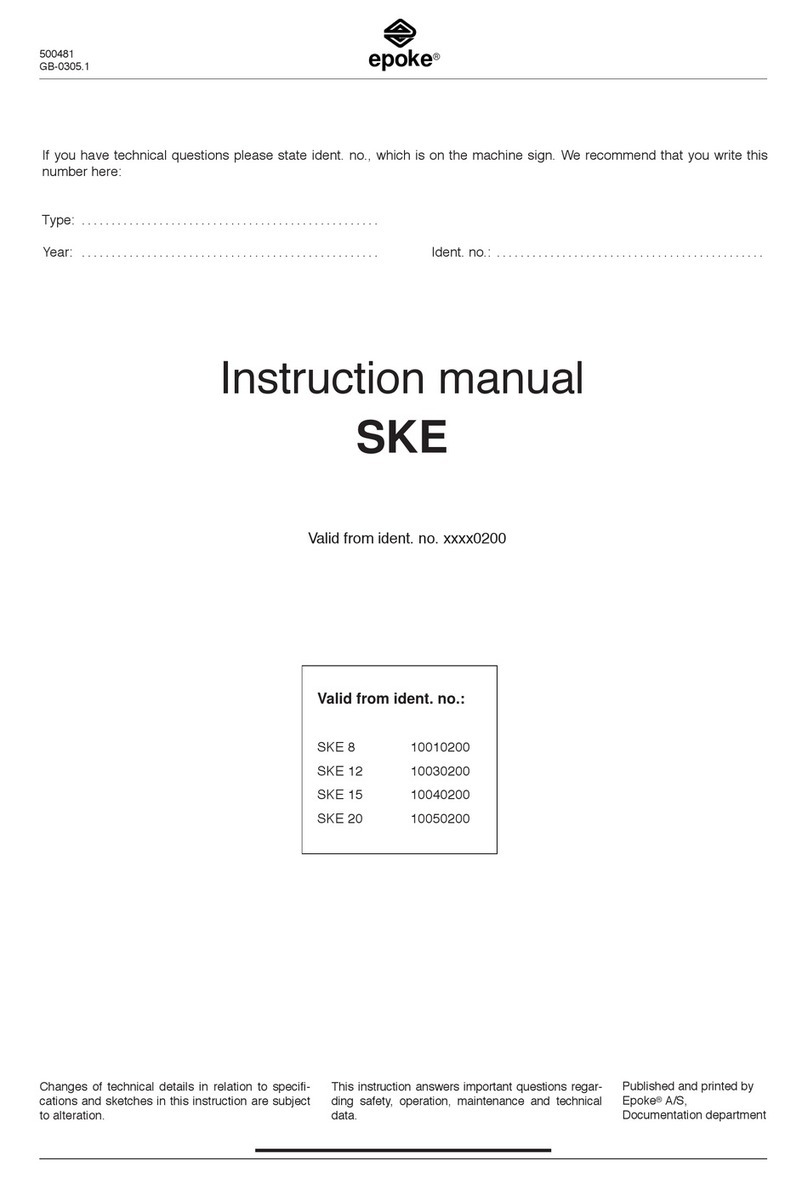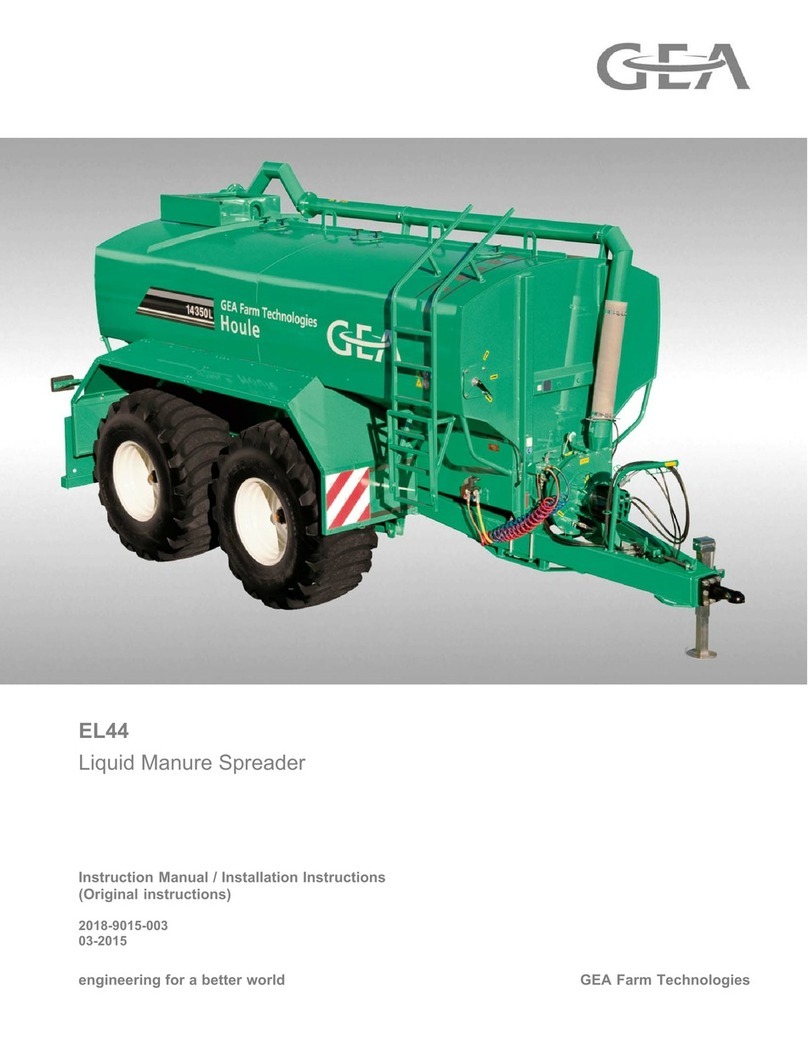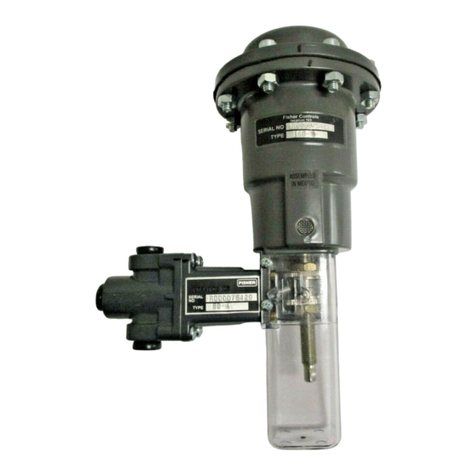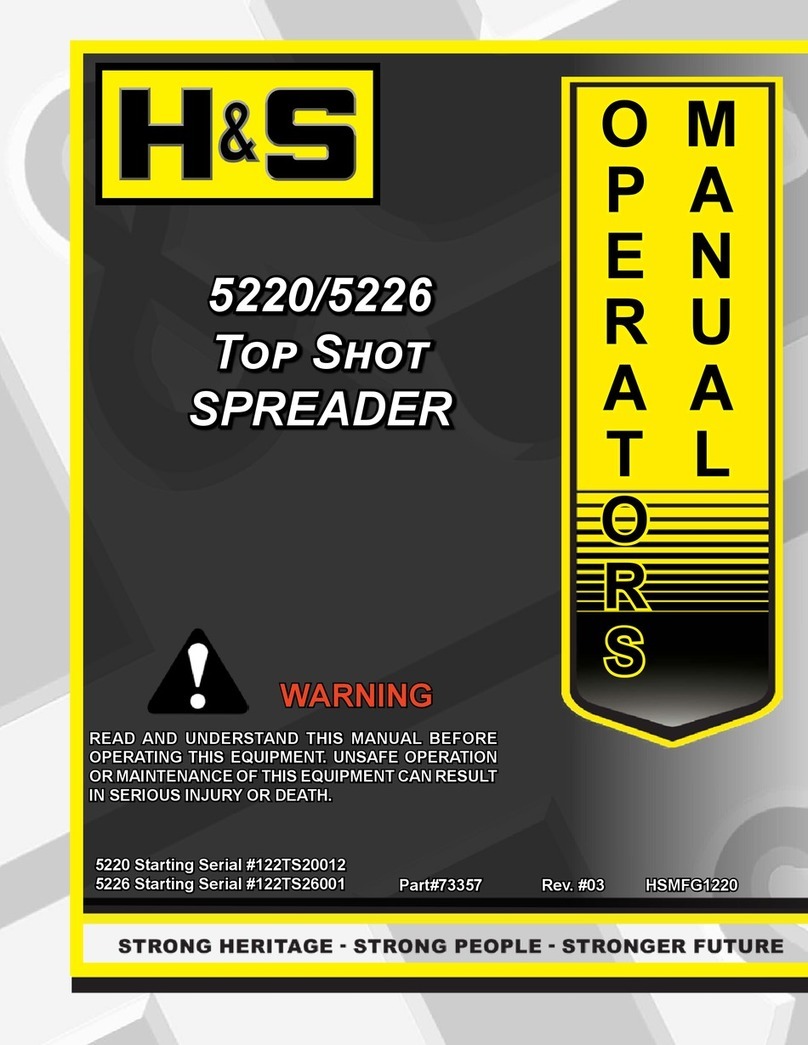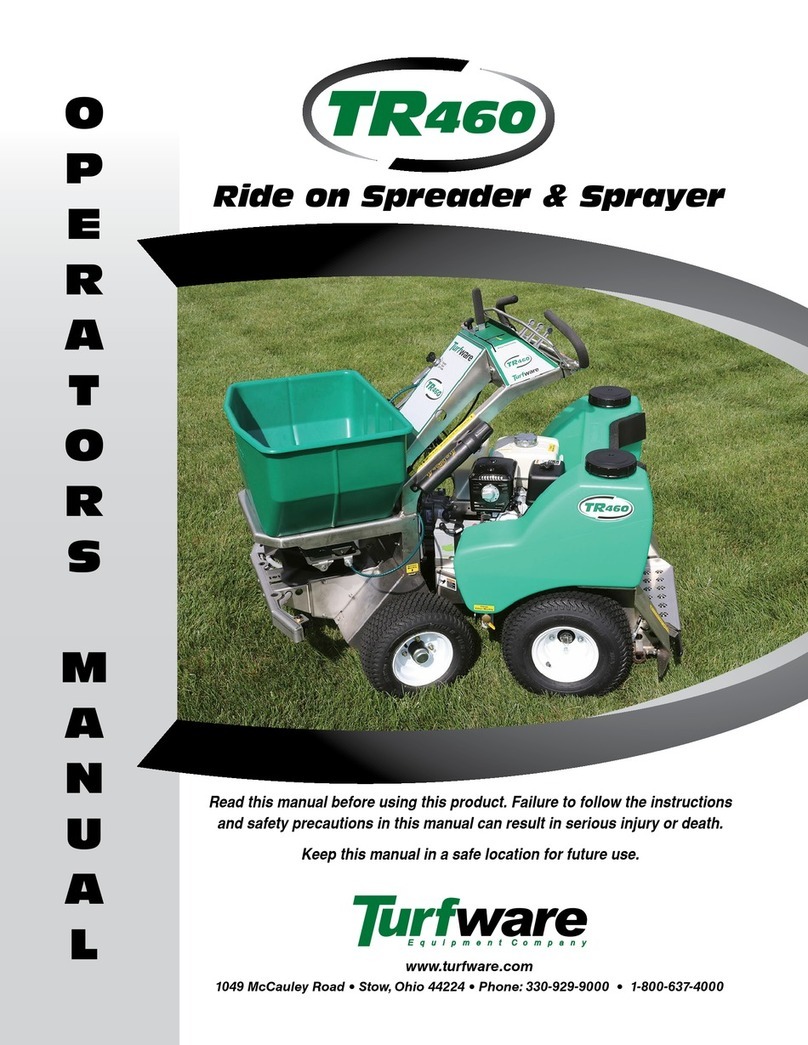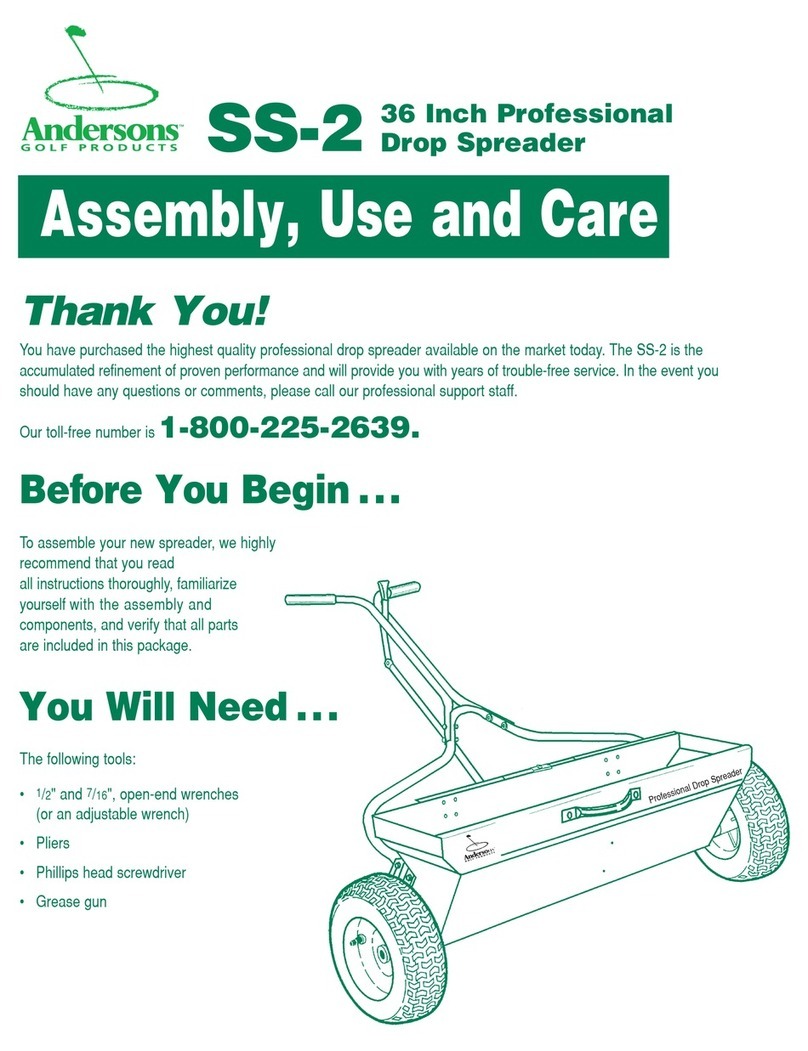
Page 3
Table of Contents
General Information ................................................................................................................................................ 4
Model and Serial Number Identification...................................................................................................................4
Safety, Signal Words............................................................................................................................................... 5
Equipment Safety Guidelines.................................................................................................................................. 6
Lighting and Marking............................................................................................................................................... 6
Safety Sign Care..................................................................................................................................................... 6
Tire Safety............................................................................................................................................................... 7
Before Operation..................................................................................................................................................... 7
During Operation. . . . . . . . . . . . . . . . . . . . . . . . . . . . . . . . . . . . . . . . . . . . . . . . . . . . . . . . . . . . . . . . . . . . . . . . . . . . . . . . . . . . . . . . . . . . . . . . . . . . . . . . . . . . . . . . . . . . . . . . . . . . . . ......................8-9
Following Operation ................................................................................................................................................ 9
Highway and Transport Operations ......................................................................................................................9-10
Performing Maintenance........................................................................................................................................ 10
Bolt Torque ............................................................................................................................................................. 11
Inspect and Adjust.................................................................................................................................................. 12
Electronic Scales ................................................................................................................................................... 12
Model Specifications .............................................................................................................................................. 13
Lubrication ............................................................................................................................................................. 14
Decal Locations ..................................................................................................................................................... 15
Spreader Run-In .................................................................................................................................................... 16
PTO Driveline. . . . . . . . . . . . . . . . . . . . . . . . . . . . . . . . . . . . . . . . . . . . . . . . . . . . . . . . . . . . . . . . . . . . . . . . . . . . . . . . . . . . . . . . . . . . . . . . . . . . . . . . . . . . . . . . . . . . . . . . . . . . . . ........................... 17
Loading .................................................................................................................................................................. 17
Spreader Operation ............................................................................................................................................... 17
Cold Weather Precautions......................................................................................................................................18
Inspect and Adjust.................................................................................................................................................. 18
Beater Kick-Out Option.......................................................................................................................................... 19
5220 Base Assembly ...........................................................................................................................................20-21
5220 Final Assembly............................................................................................................................................22-23
5200 Base Assembly ...........................................................................................................................................24-25
5200 Final Assembly............................................................................................................................................26-27
5180 Base Assembly ...........................................................................................................................................28-29
5180 Final Assembly............................................................................................................................................30-31
5180 Economy Final Assembly .......................................................................................................................... .32-33
5160 Base Assembly .......................................................................................................................................... .34-35
5160 Final Assembly ............................................................................................................................................36-37
5160 Economy Final Assembly ...........................................................................................................................38-39
Vertical Beater. . . . . . . . . . . . . . . . . . . . . . . . . . . . . . . . . . . . . . . . . . . . . . . . . . . . . . . . . . . . . . . . . . . . . . . . . . . . . . . . . . . . . . . . . . . . . . . . . . . . . . . . . . . . . . . . . . . . . . . . . . . . . . .......................... 40
5200 & 5220 Silage Kits (no sides)........................................................................................................................ 41
5200 & 5220 Silage Kits......................................................................................................................................... 42
DM900022 Hydraulic Breakdown .......................................................................................................................... 43
DM900023 Hydraulic Breakdown .......................................................................................................................... 44
DM900026 Hydraulic Breakdown .......................................................................................................................... 45
DM900053 Hydraulic Breakdown .......................................................................................................................... 46
DM900093 Hydraulic Breakdown .......................................................................................................................... 47
DM900094 Hydraulic Breakdown ...........................................................................................................................48
DM900109 Hydraulic Breakdown ...........................................................................................................................49
DM900117 Hydraulic Breakdown .......................................................................................................................... 50
DM900118 Hydraulic Breakdown .......................................................................................................................... 51
DM800030 PTO Clutch ......................................................................................................................................... 52
Drive Options ........................................................................................................................................................ 53
Electronic Switchbox ............................................................................................................................................. 54
Electronic Wiring Kit & Control Box Wiring Harness ............................................................................................. 55
Spreader Lighting Kit ............................................................................................................................................ 56
Light Kit Schematics ............................................................................................................................................. 57
Scale Kits ............................................................................................................................................................ 58-60
Jack Assembly & 10 Bolt Hub.................................................................................................................................61
Bogie Kits . . . . . . . . . . . . . . . . . . . . . . . . . . . . . . . . . . . . . . . . . . . . . . . . . . . . . . . . . . . . . . . . . . . . . . . . . . . . . . . . . . . . . . . . . . . . . . . . . . . . . . . . . . . . . . . . . . . . . . . . . . . . . . ..............................62-70
Warranty................................................................................................................................................................. 71
